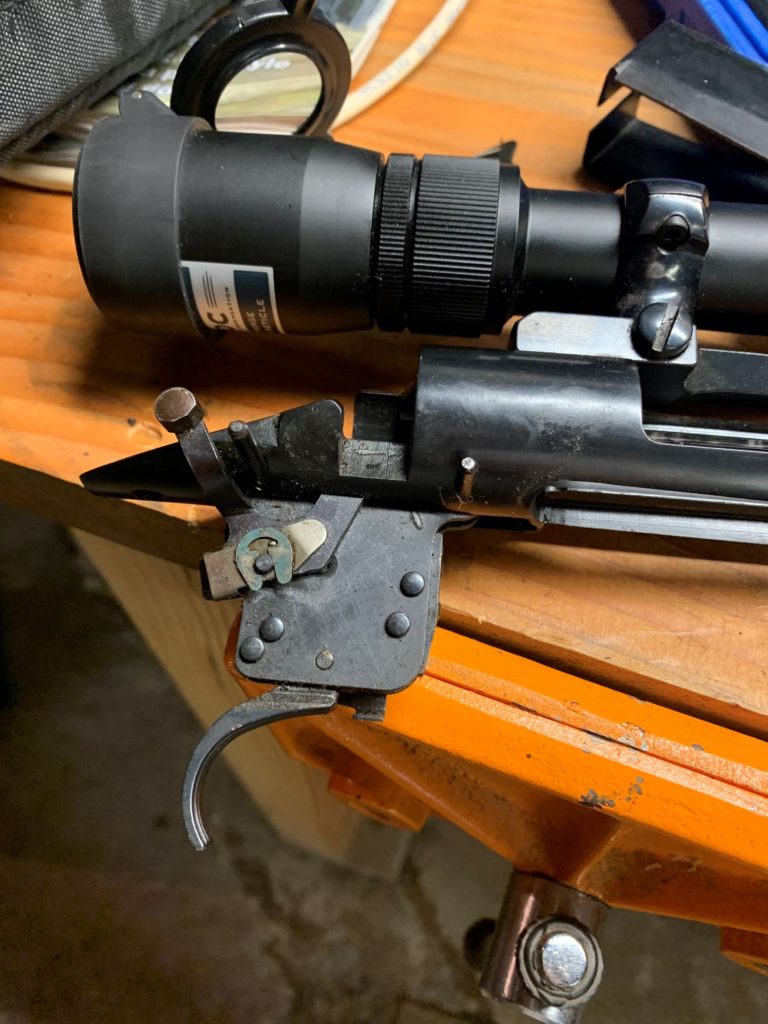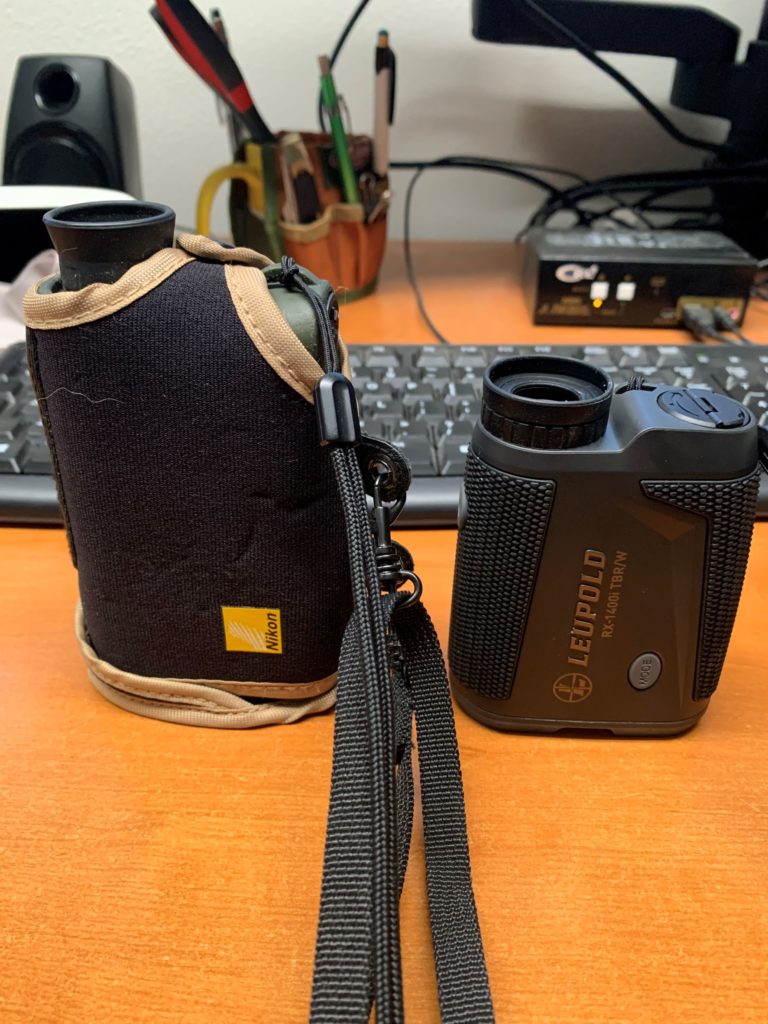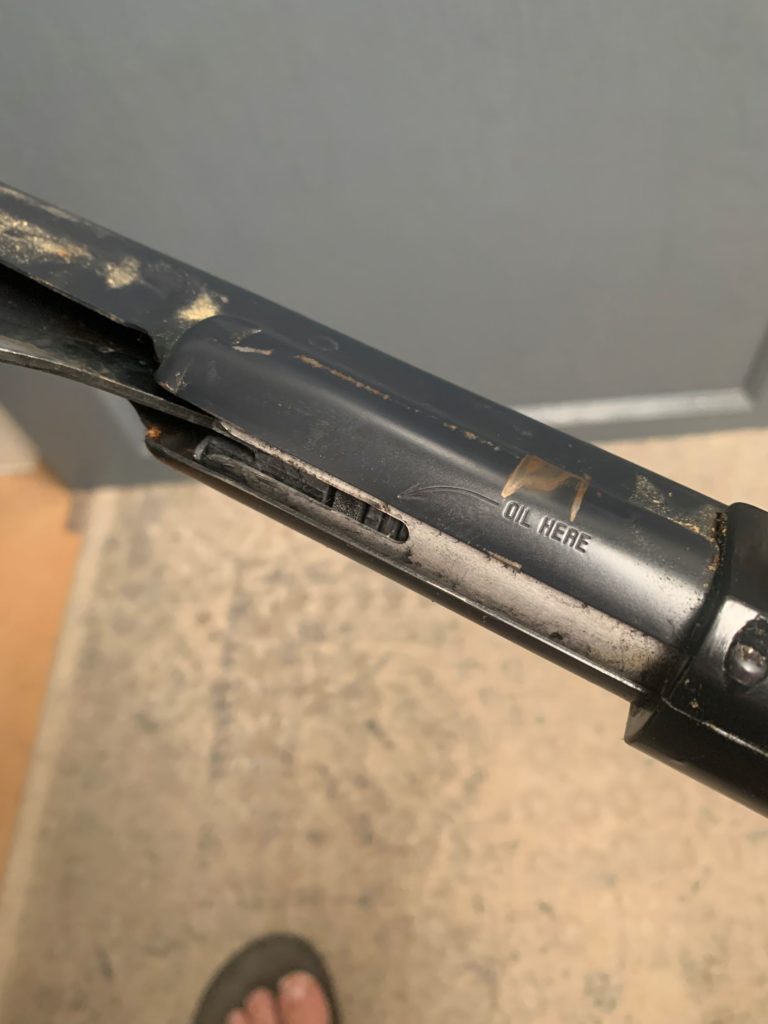Every once in a while, you have to throwback to some good old days. I am not sure when I actually started this endeavor but I am sure that I have been air rifle shooting daily for over a year now. Recently, I have started doing it left handed. It is not that I have mastered right handed shooting but I have been curious if one, I can do it and two is there a difference between the two.
One thing that I have noticed is that my vision is different in each eye. My left eye seems to be blurrier than my right when I look through the scope. I have always known that I have a stigmatism, but it is minor and I never even noticed when using both eyes. Trying to see a one inch circle in questionable lighting, it does show up.
You would think that means I probably shoot better right handed right? I do, kind of. I recently shot sitting down with my body resting against the door frame. This was one of the best groups I have ever made. When I tried it left handed, it was indistinguishable from not having a body rest. However, when shooting from a chair, I actually shoot better left handed than right handed.
My theory is that over the years, I have developed bad habits right handed that I don’t have left handed. I try to practice all the right techniques with posture, stance and breathing. With that, I am getting to the point that I can see how the shot went as it hits. That doesn’t make my groups any better however. Clearly like golf, maybe to improve I really need a coach?

This group pictured is left handed, standing. Said another way, this is the result of not supporting anything while shooting. I didn’t actually measure it but I would say that it is at least double and more like triple the size of my normal sitting groups.
I haven’t done it much but standing is probably the one position that I want the most proficiency. This is the most likely situation in practical shooting. Walking along, there is a deer/elk/rabbit/squirrel. On my hunting rifle, I use my sling for extra stability when I can. This situation I am talking about is completely unaided. Master this and master all other positions.
Another surprise was that the point of impact changes depending on whether I was shooting right or left handed. I know that most people will never do what I am doing so it is probably a moot point but the principle is always the same. Sight in the scope the way you are going to shoot.
I have on my range goals to shoot handguns left handed. Of the times I have tried it, I was very bad. I have no where near the strength in my left arm so it ends up wobbling all over the place. As a result, my groups are terrible. Handguns are dubious enough to shoot good groups without support, add the inability to things steady and you know there is some work to do.
I am definitely right eye dominant and right handed. I should be shooting right handed for optimum results. It is not just for kicks to shoot weak handed, the reason to be able to do it is if you lose the ability to use your preferred hand, for whatever reason. That is more self defense kind of talk but if you never try, you never know and surely you wont do well the first time.
End Your Programming Routine: When I was in middle school, I figured I could bat left handed, so I did. I actually hit the ball better that way. I have occasionally decided to write left handed. It definitely is not as good as my right, but I think it is a function of practice. It seems like shooting is no different (for me).












Recent Comments